Ysbyty_Bron_y_Garth is a private permission visit; once a hospital and before that a workhouse its remnants of darker times in society.
The owners are restoring the building and reusing the space in the future which is fantastic addition to the local community when its finished!
Not enough historic buildings like this get saved, so when they do i am always keen to meet the passionate souls that take on a project like this!
My basic understanding of how workhouses came about was down the poor laws and the vagrancy acts; pieces of legislation that mandated it was has illegal to be poor and homeless and those in that situation or too ill to work properly were sent to these kinds of places.
The Ffestiniog (or Ffestiniog) Poor Law Union was formed on 8th May, 1837. Its operation was overseen by an elected Board of Guardians, 22 in number, representing its 15 constituent parishes included Ynyscynhaiarn. The population falling within the Union at the 1831 census had been 11,489. The average annual poor-rate expenditure for the period 1834-36 had been £4,208 or 7s.4d. per head. Ffestiniog Union workhouse was erected in about 1839 at Minffordd. The Poor Law Commissioners authorised an expenditure of £3,200 on construction of the building which was to accommodate 150 inmates. The workhouse location and layout are shown here

Built c1838 as the Ffestiniog Union Workhouse; enlarged 1897 it was to be a workhouse for nearly 100 years before becoming a public assistance institution in the 1930’s and then eventually in 1948 its joined the National Health Service is it formed in 1948 and has been a hospital until closure in 2009.
Looking at information online shockingly it looks like there were pensioners once housed in this place; no such thing as retirement if you are poor!
https://www.grantonline.com/pugh-family-genealogy/pugh-richard-1788/richard-pugh-1788.htm


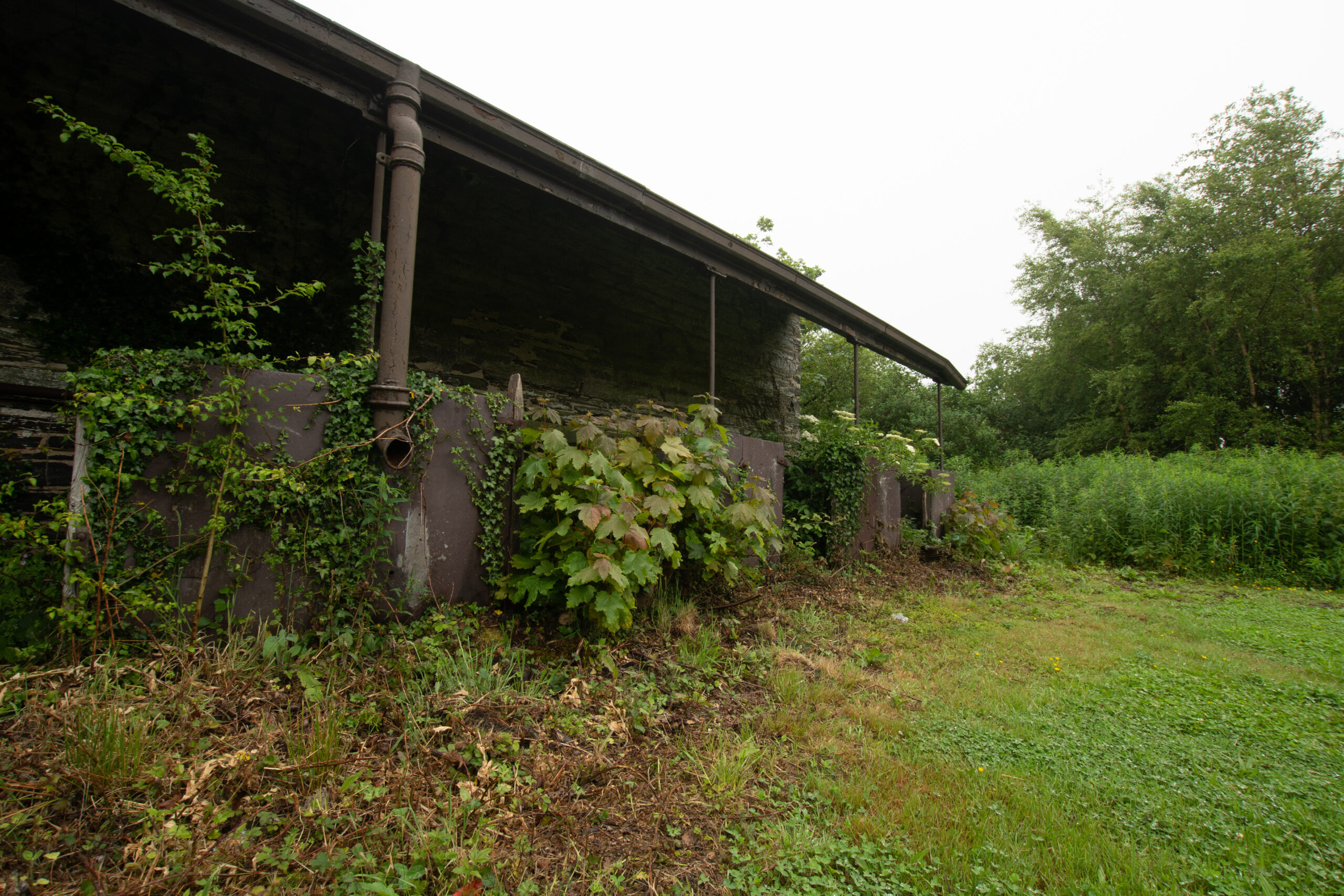

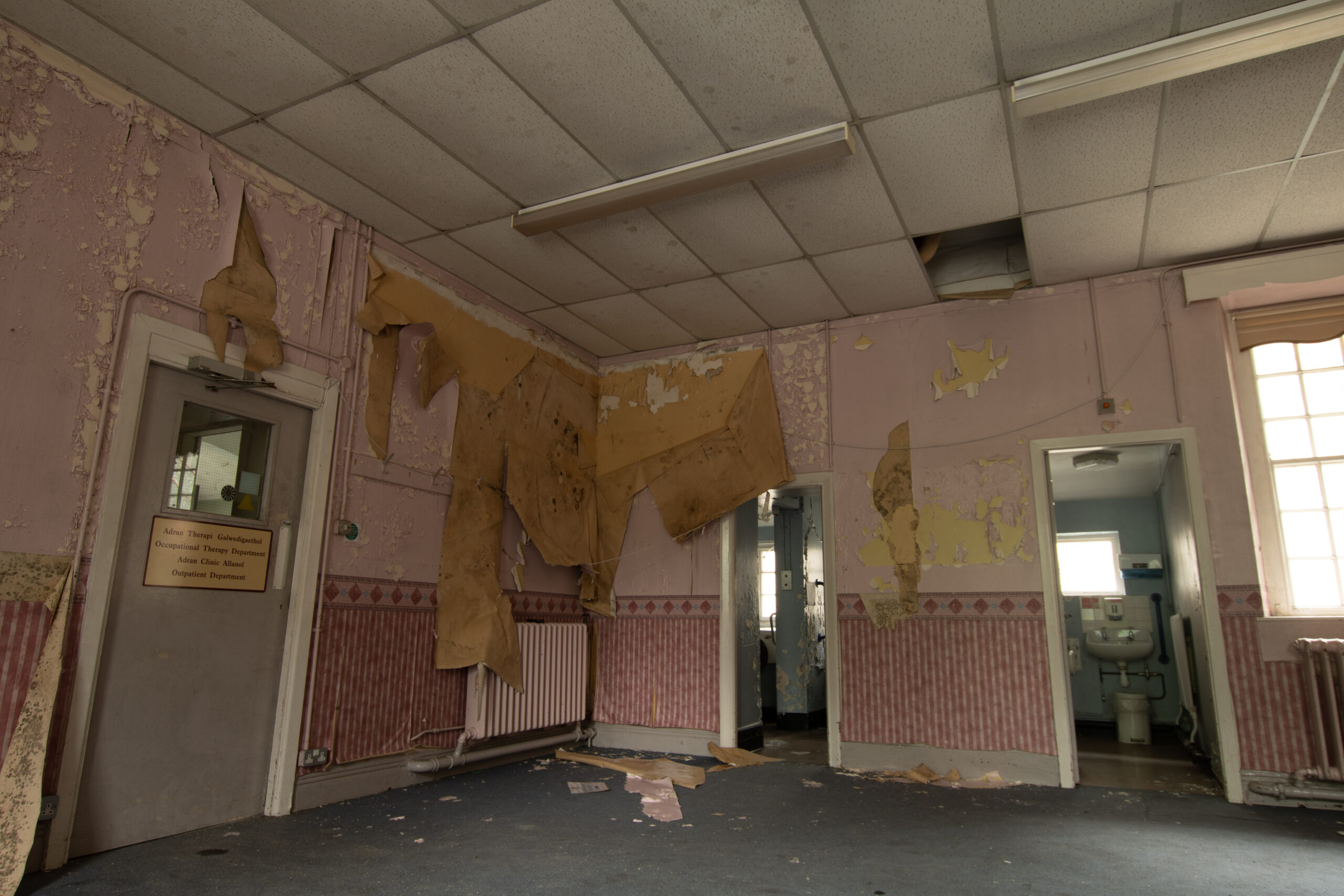

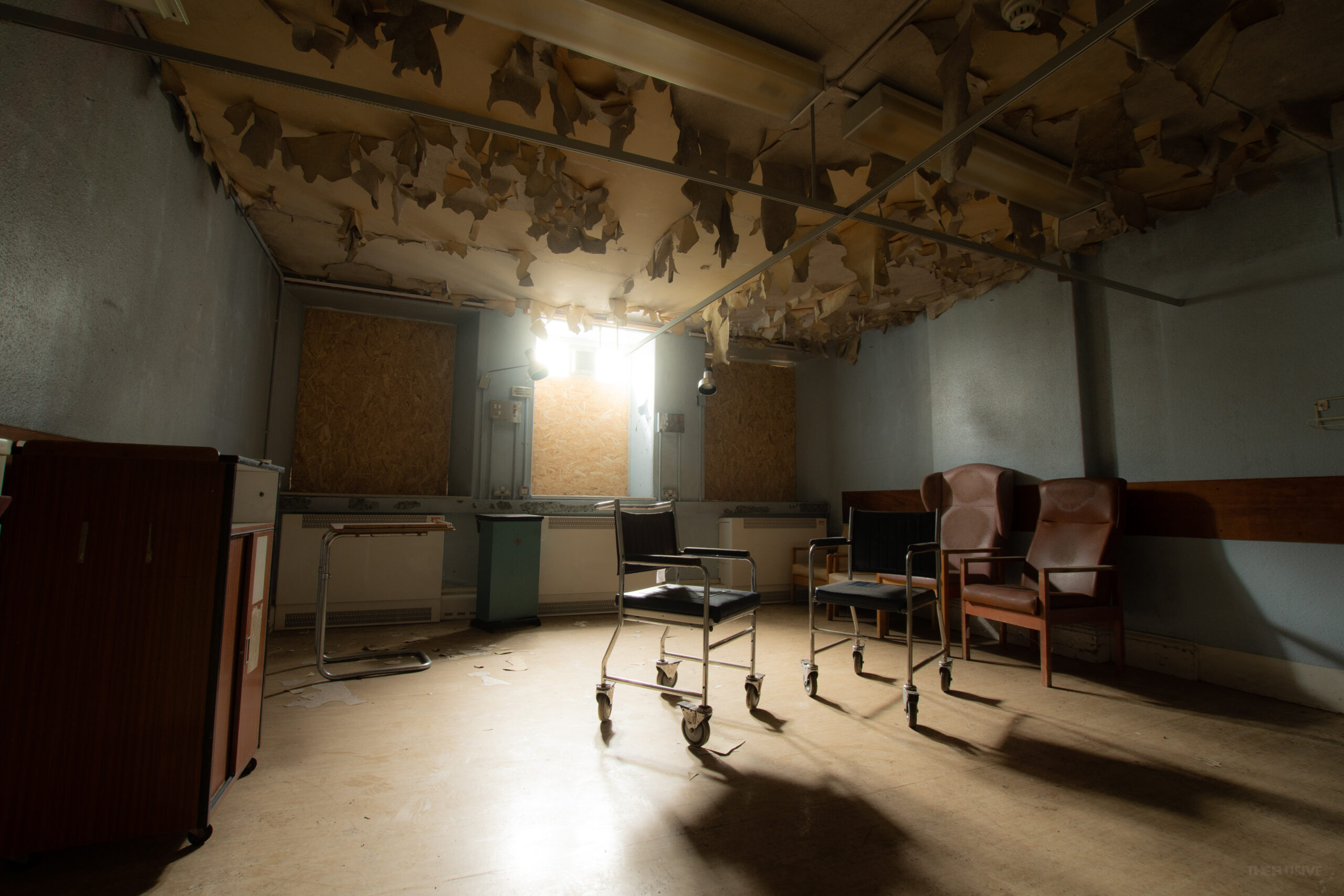
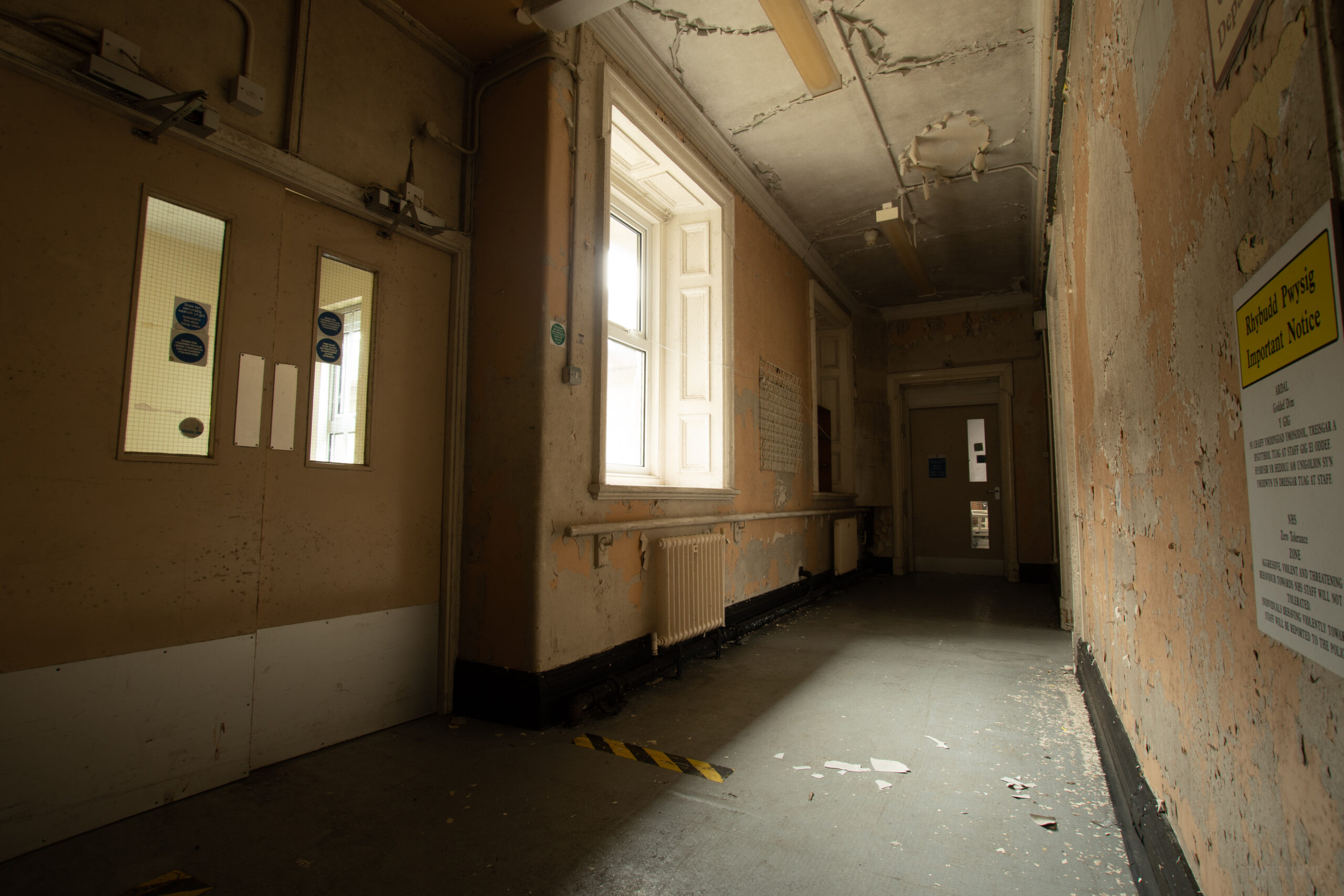



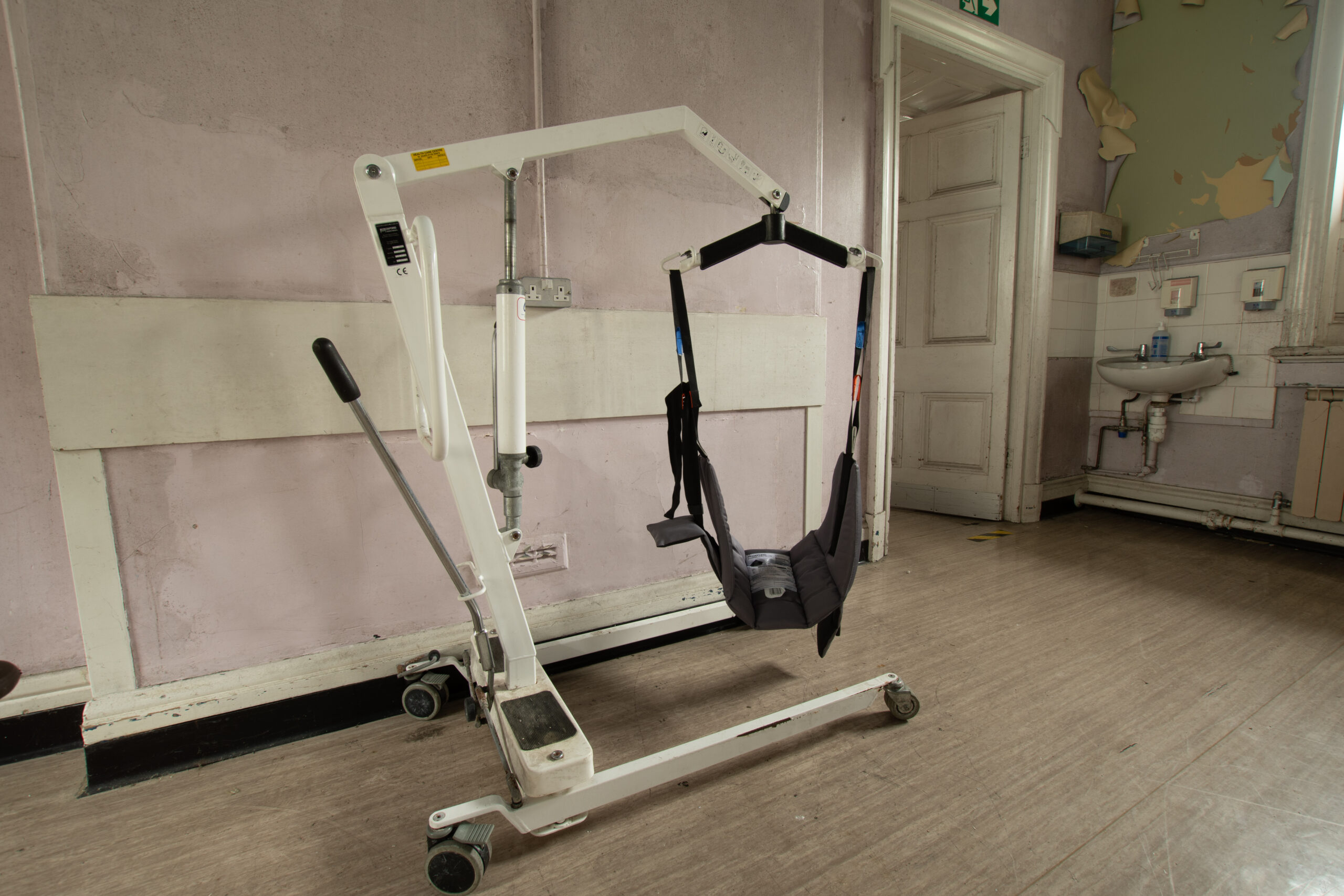



















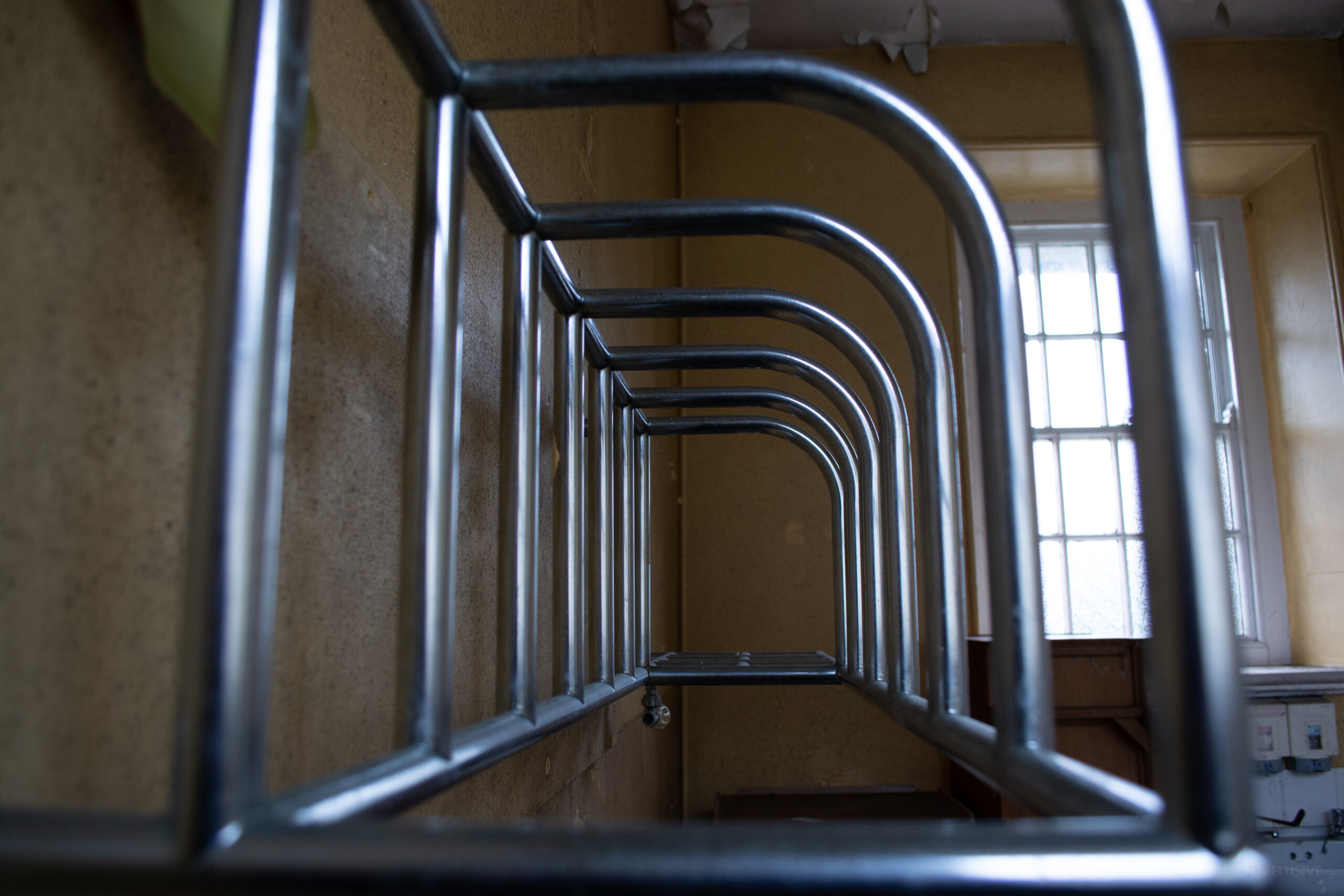
















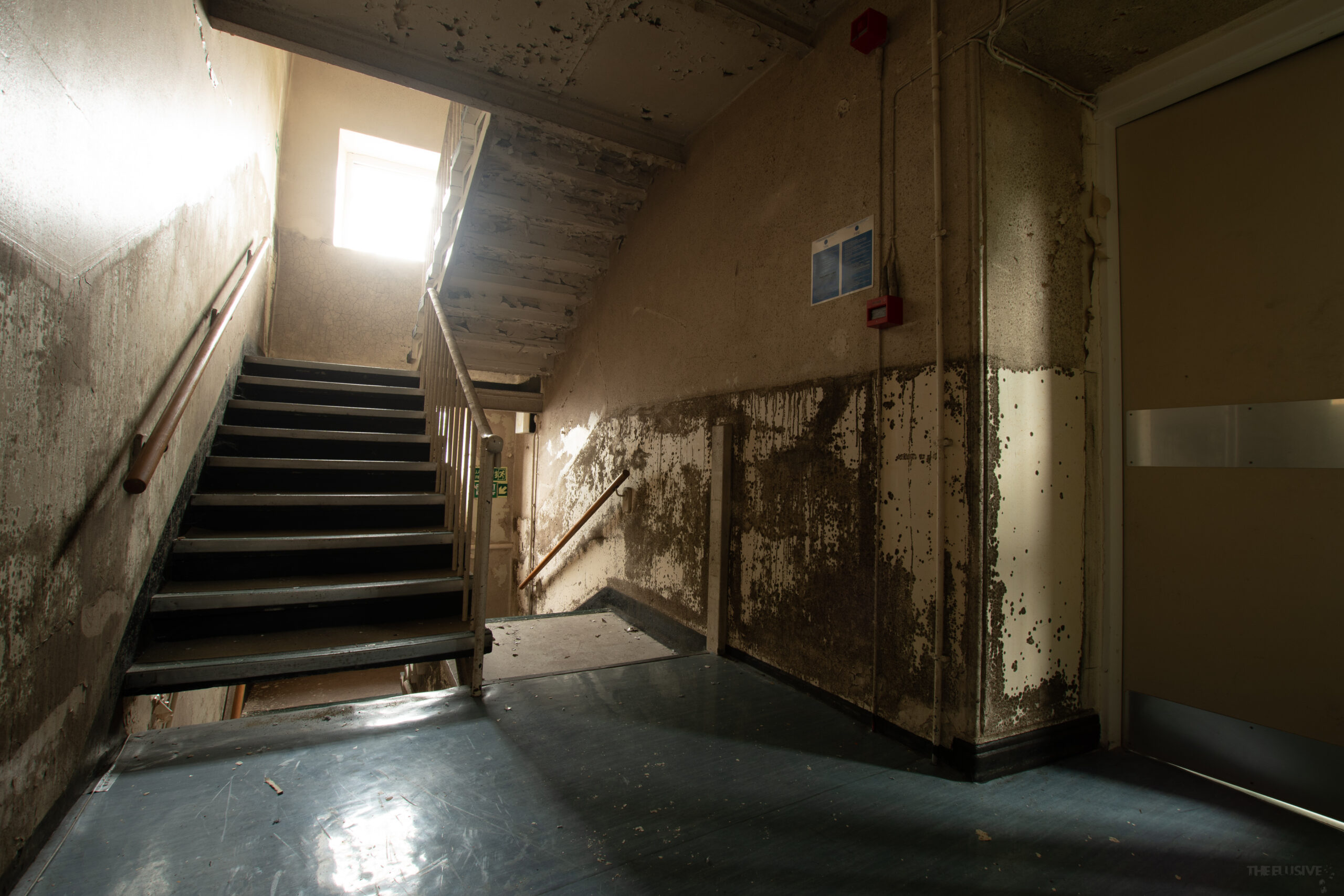
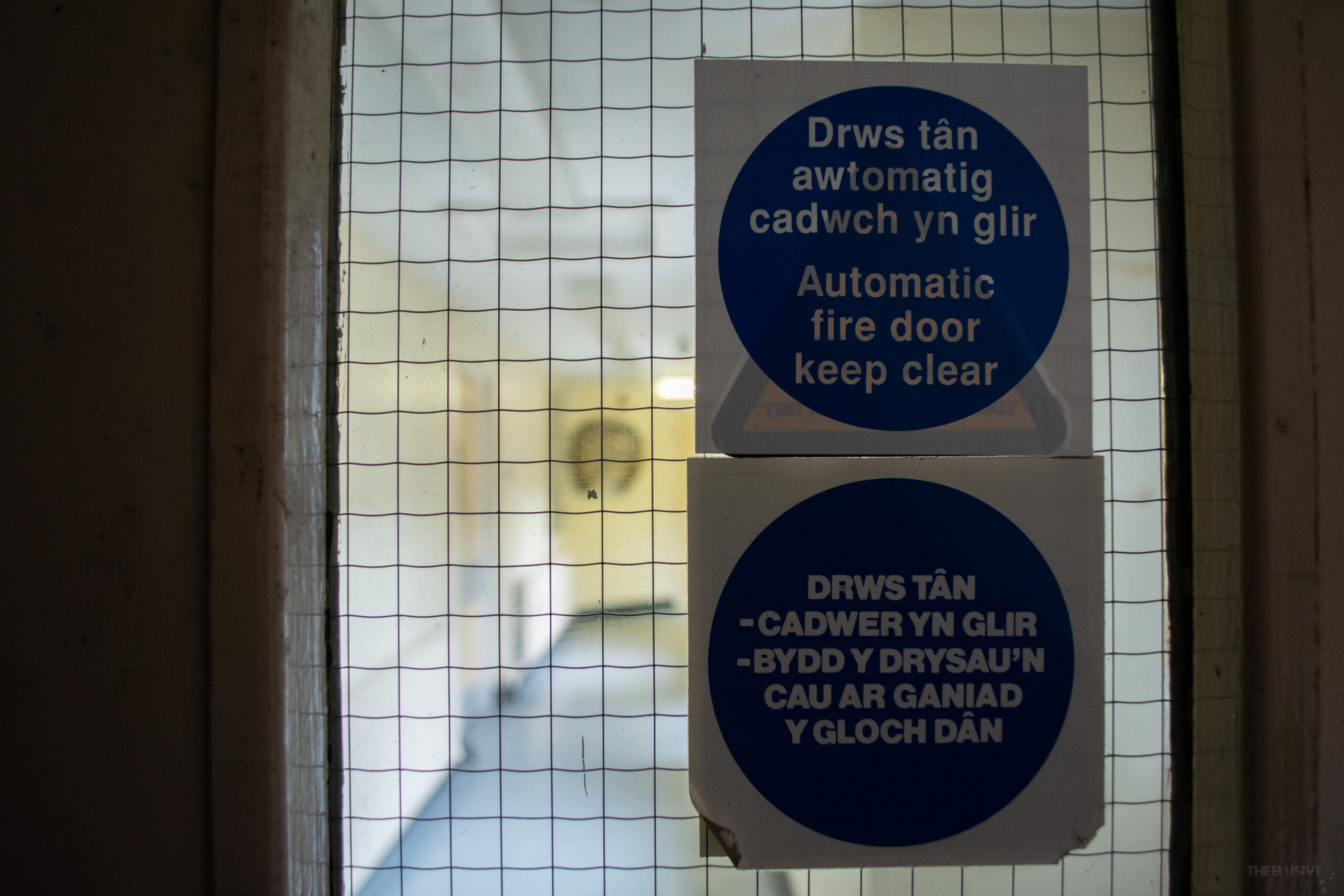

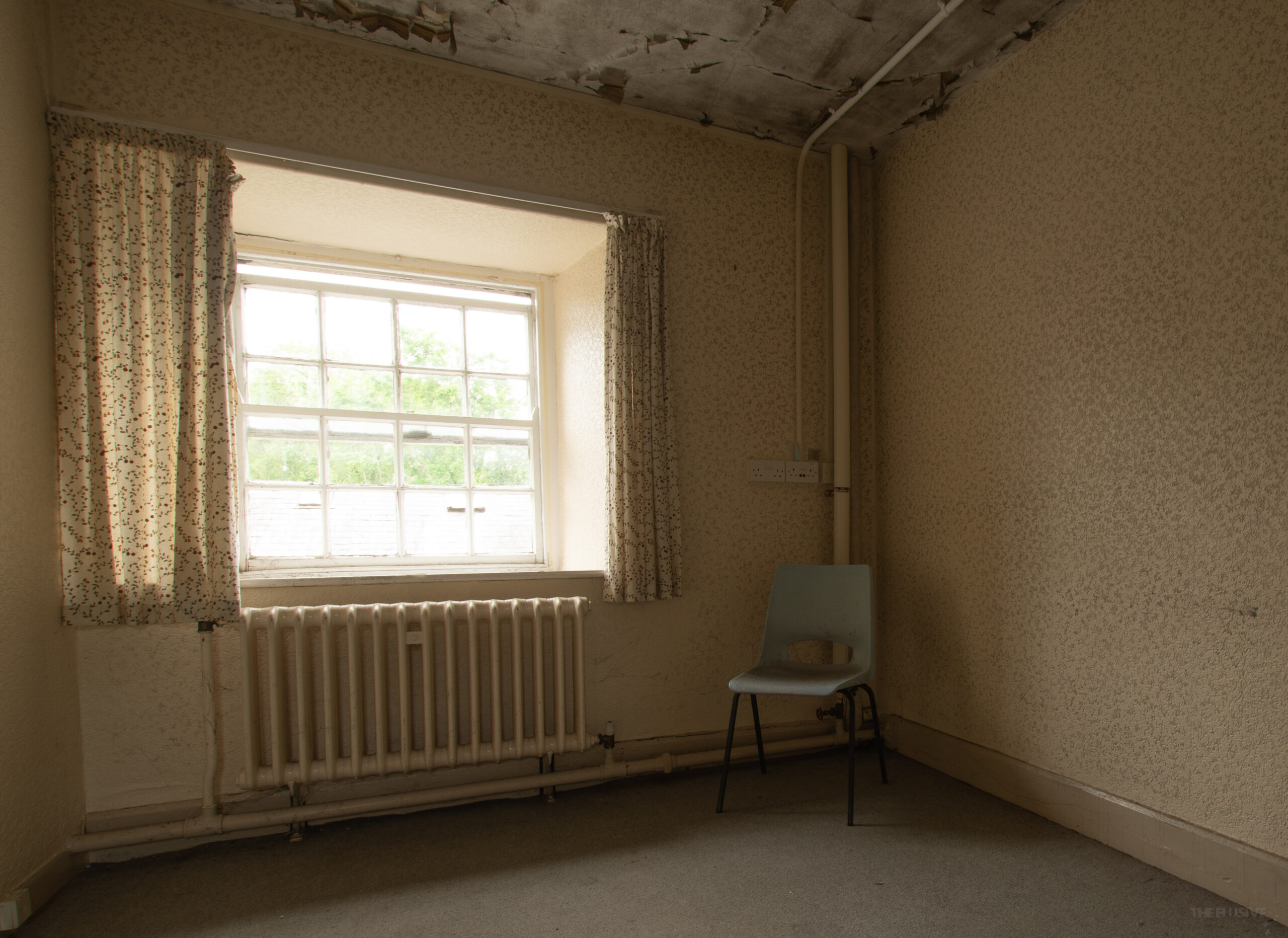

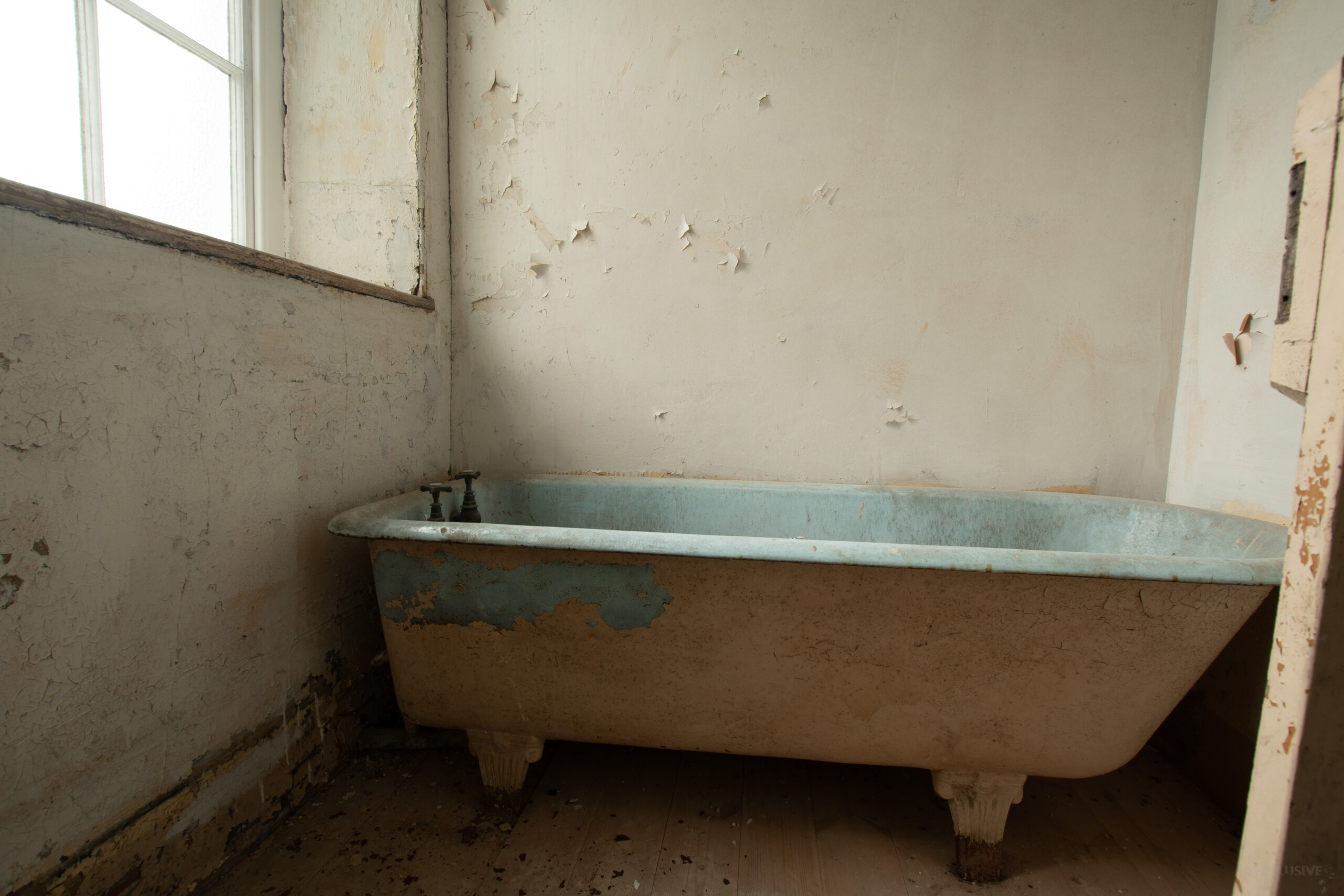
Yes, people of old age who were too infirm to work would have to live there, there was no state pension and you worked until you died – unless your family supported you – if you look at average life expectancy in 1880, it was about 44 years old for a man (ONS.gov.uk) ….This is why so many workhouses, which became Public Assistance Institutions in 1930, subsequently became old people’s homes after 1947, it was a natural transition. It is also why many became full on hospitals because until the advent of the NHS, many people could not afford to see a Doctor so would go into the workhouse infirmary
Thanks Penny, so living until you are 80 was an incredible feat back then! yes that makes alot of sense!